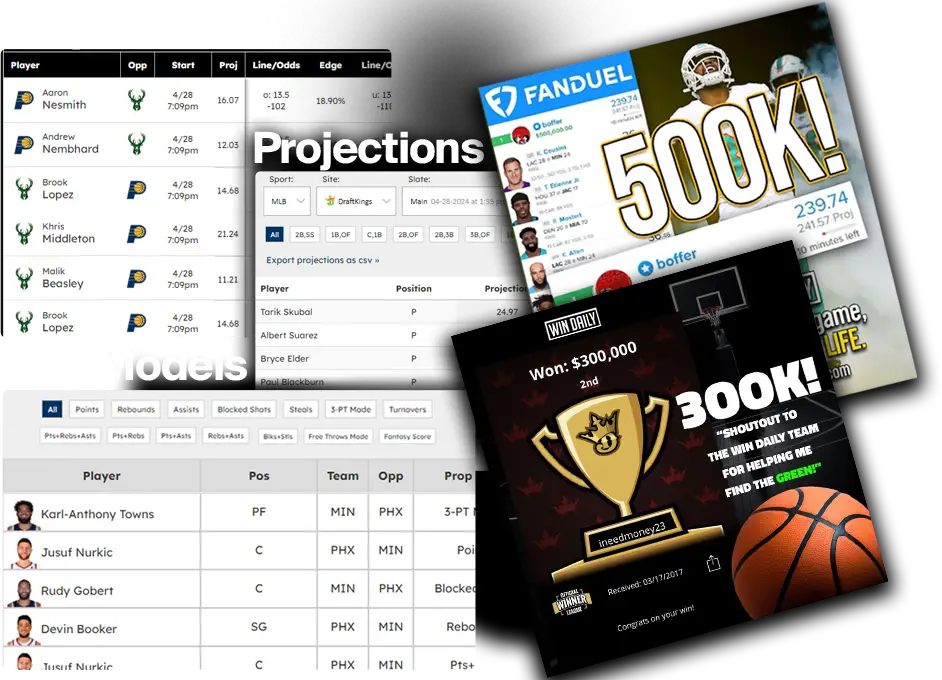Understanding NFL Betting Systems and Models
NFL betting systems and models are tools that bettors use to make more informed and strategic wagers. These systems and models incorporate various types of data, statistics, and algorithms to predict game outcomes and identify value bets. Here’s a comprehensive guide to understanding NFL betting systems and models, including key components and how to use them effectively.
Key Components of NFL Betting Systems and Models
- Historical Data
- Statistical Analysis
- Situational Factors
- Power Rankings
- Predictive Algorithms
- Public Betting Trends
- Line Movements
1. Historical Data
Importance: Historical data provides the foundation for most betting systems and models. It includes past performance, player statistics, team records, and outcomes of previous games.
Tips:
- Collect Comprehensive Data: Gather data on a wide range of variables, including team performance, player stats, weather conditions, and more.
- Identify Patterns: Look for trends and patterns that can inform future performance, such as how teams perform after a bye week or in specific weather conditions.
Example: Historical data might reveal that a certain team performs poorly in games following a cross-country flight.
2. Statistical Analysis
Importance: Statistical analysis involves using mathematical methods to analyze data and identify relationships between variables.
Tips:
- Use Advanced Metrics: Incorporate advanced statistics like DVOA (Defense-adjusted Value Over Average), EPA (Expected Points Added), and YPA (Yards Per Attempt).
- Focus on Key Metrics: Identify which metrics are most predictive of game outcomes, such as turnover differential, third-down conversion rates, and red zone efficiency.
Example: A model might find that teams with a positive turnover differential have a higher probability of winning games.
3. Situational Factors
Importance: Situational factors consider the context of each game, such as home field advantage, travel schedules, and team motivation.
Tips:
- Evaluate Context: Analyze the specific circumstances surrounding each game, such as injuries, short weeks, and playoff implications.
- Adjust for Motivation: Consider how motivation levels might affect performance, such as teams fighting for playoff spots or playing in rivalry games.
Example: A team playing at home in a must-win game to secure a playoff spot may be more motivated and perform better.
4. Power Rankings
Importance: Power rankings assign a numerical value to each team based on their overall strength, helping to compare teams more effectively.
Tips:
- Create Your Own Rankings: Develop power rankings based on a combination of statistical analysis and expert judgment.
- Update Regularly: Adjust power rankings frequently to reflect recent performance and changes in team composition.
Example: Power rankings might show that one team is significantly stronger overall than their upcoming opponent, indicating a potential value bet.
5. Predictive Algorithms
Importance: Predictive algorithms use mathematical models and machine learning to forecast game outcomes based on various input variables.
Tips:
- Develop Algorithms: Create or use existing algorithms that factor in historical data, statistics, and situational factors.
- Test and Validate: Continuously test and validate your algorithms to ensure they are accurately predicting outcomes.
Example: An algorithm might predict that a team has a 65% chance of winning based on their offensive and defensive metrics, adjusted for situational factors.
6. Public Betting Trends
Importance: Public betting trends show where the majority of bets are being placed, which can influence odds and create value opportunities.
Tips:
- Monitor Betting Percentages: Use tools and websites that track public betting percentages to see where the money is going.
- Identify Contrarian Bets: Bet against the public in situations where heavy public action has skewed the odds.
Example: If 80% of the public bets are on one team, there may be value in betting on their opponent due to inflated odds.
7. Line Movements
Importance: Line movements reflect changes in betting odds and can provide insights into how the market is reacting to various factors.
Tips:
- Track Line Changes: Monitor how lines move from when they open to game time, looking for significant shifts.
- Understand Influences: Analyze what factors are causing line movements, such as injury news, weather changes, or sharp money.
Example: If the line moves significantly in favor of one team due to sharp money, it might indicate a strong betting opportunity.
Practical Steps to Use NFL Betting Systems and Models
- Gather Data: Collect comprehensive historical data and relevant statistics for the teams and players involved in each game.
- Develop a Model: Create a predictive model that incorporates key variables, including statistical metrics, situational factors, and power rankings.
- Test Your Model: Validate your model by backtesting it against past games to see how well it predicts outcomes.
- Monitor Public Trends: Keep an eye on public betting trends and line movements to identify potential value bets.
- Adjust for Context: Consider situational factors that might affect the game, such as injuries, weather, and team motivation.
- Stay Updated: Continuously update your data, models, and strategies based on new information and changing conditions.
- Use Multiple Sources: Combine insights from your own models with expert analysis, betting forums, and other resources.
Example of Using a Betting Model
Scenario: The New Orleans Saints are playing the Atlanta Falcons. Your model takes into account offensive and defensive metrics, situational factors, and power rankings.
- Data Input: Enter data on team performance, key player statistics, and situational factors into your model.
- Model Output: The model predicts a 70% chance of a Saints victory with an expected margin of 7 points.
- Public Trends: You notice that 65% of the public bets are on the Falcons, potentially inflating their odds.
- Line Movement: The line has moved from Saints -4 to Saints -3.5 due to public betting on the Falcons.
- Bet Placement: Based on your model and the observed line movement, you decide to bet on the Saints to cover the spread at -3.5, as the value has increased due to public betting trends.
Conclusion
NFL betting systems and models can provide a significant edge in making informed and strategic bets. By incorporating historical data, statistical analysis, situational factors, power rankings, predictive algorithms, public betting trends, and line movements, you can develop a comprehensive approach to NFL betting. Continuously test, validate, and update your models to stay ahead of the market and maximize your chances of success. Happy betting!






